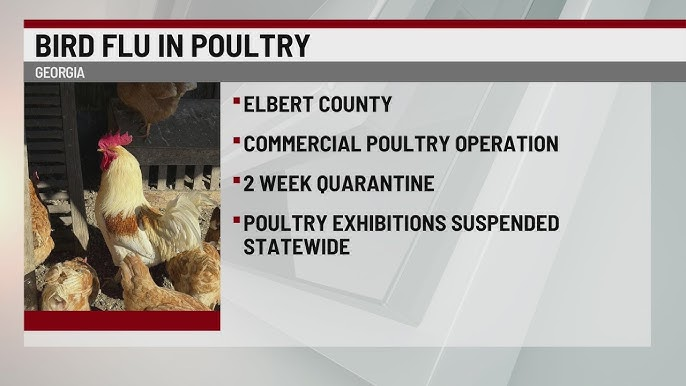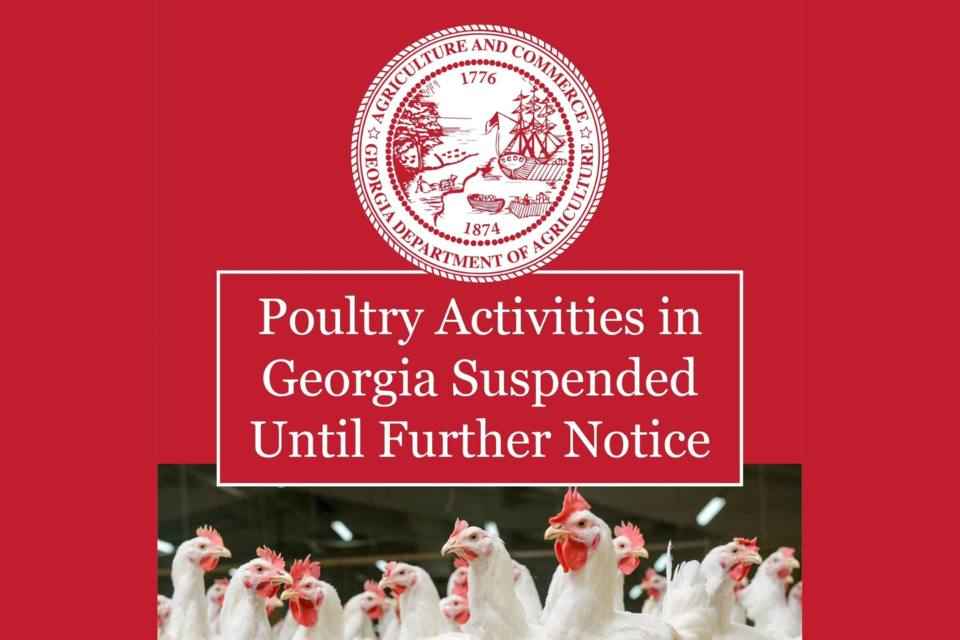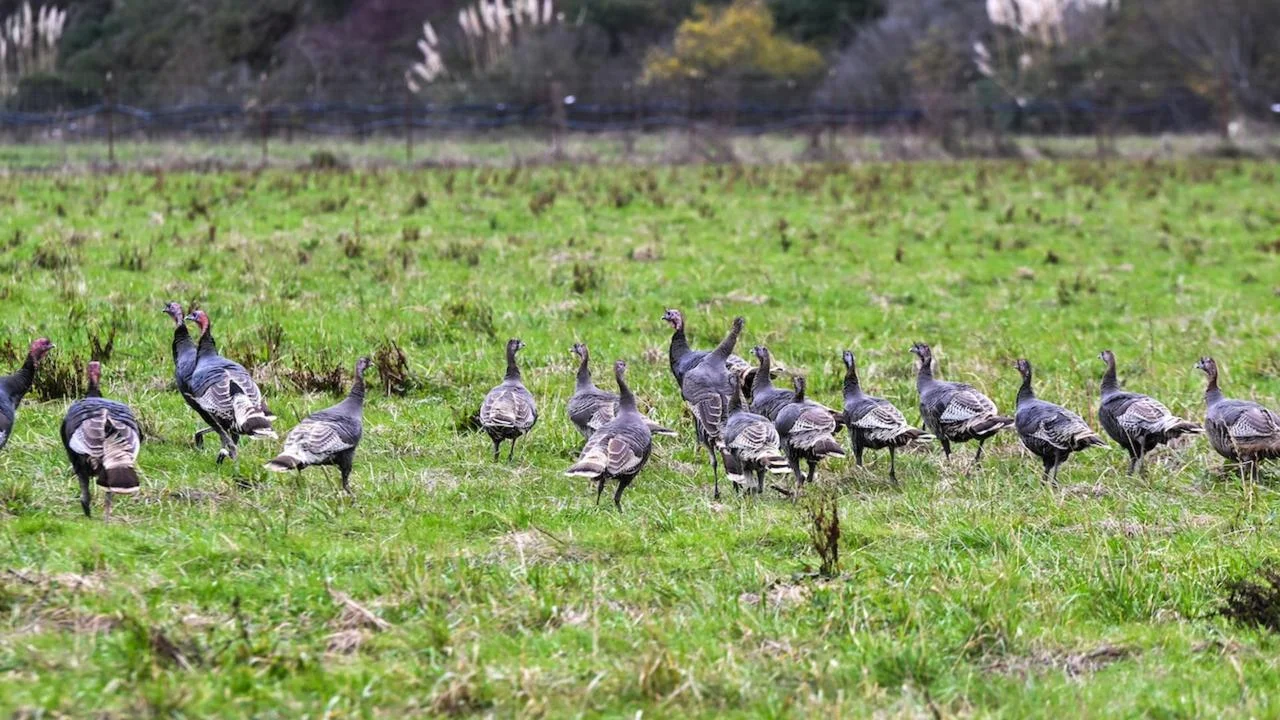Bird flu detected in Georgia’s commercial poultry flock has raised significant concerns for the state’s agriculture industry and public health. The confirmation of the H5N1 strain of Highly Pathogenic Avian Influenza (HPAI) in Elbert County marks a critical moment in the ongoing battle against this virus.
Officials from the Georgia Department of Agriculture (GDA) and the U.S. Department of Agriculture’s Animal and Plant Health Inspection Service confirmed the detection, making it the first case in a commercial poultry operation since the outbreak began in 2022.
A New Challenge for Georgia’s Poultry Industry
Georgia, a state that heavily relies on its poultry industry, now faces a significant threat. The poultry sector is not only the largest industry in the state but also a major contributor to the livelihoods of thousands of residents.
According to Georgia Agriculture Commissioner Tyler Harper, the detection of bird flu in a commercial poultry flock is a serious issue. He assured the public that efforts are underway to mitigate the spread of the virus and ensure the quick resumption of normal poultry activities.
Elbert County’s commercial poultry farm is now under strict quarantine as officials take measures to contain the virus. The H5N1 strain, known for its high transmissibility and lethality among birds, can decimate poultry populations if not swiftly managed.
The detection in Elbert County follows another recent case in Clayton County, where the virus was identified in a smaller flock of 13 chickens and ducks.
Read : Finland Becomes the First Nation to Offer Bird Flu Vaccines to Humans
As a precautionary measure, all poultry exhibitions, shows, swaps, meets, and sales within the state have been suspended indefinitely. This decision, though challenging for poultry farmers and hobbyists, underscores the urgent need to limit interactions between birds to prevent further outbreaks.
Broader Implications of the Outbreak
The detection of bird flu in Georgia is part of a broader global challenge posed by the H5N1 virus. Since the beginning of this outbreak in 2022, the virus has affected numerous states and countries, leading to significant economic losses and public health concerns.
In the United States, the virus has already made headlines for its human health implications. Earlier this year, a Louisiana resident succumbed to the H5N1 virus, marking the first recorded U.S. death from this strain.

Globally, the World Health Organization (WHO) has reported over 400 deaths linked to the virus since 2003. Although human-to-human transmission remains rare, the severity of the virus in avian populations and its potential to cross species barriers is a growing concern.
For Georgia, the outbreak could have a ripple effect on its economy. As one of the leading poultry-producing states, any disruption in operations can have far-reaching consequences, from supply chain disruptions to increased food prices. Moreover, the suspension of poultry events could affect smaller producers who rely on these activities for income.
Steps Toward Containment and Prevention
To address the outbreak, officials are employing several containment strategies. Infected birds and those in close proximity are being culled to prevent further spread of the virus. Enhanced biosecurity measures, such as restricting access to poultry farms and ensuring proper sanitation, are being enforced statewide.
Public awareness campaigns are also playing a crucial role in preventing the spread of the virus. Farmers and poultry owners are urged to monitor their flocks closely for signs of illness, such as decreased egg production, lethargy, or sudden deaths. Any suspected cases must be reported immediately to authorities.

For the general public, it’s important to understand that the virus does not pose a significant risk when poultry products are properly handled and cooked. The Centers for Disease Control and Prevention (CDC) recommends cooking poultry and eggs to an internal temperature of 165°F to eliminate any potential virus.
In addition to containment efforts, research into vaccines and other preventive measures is gaining momentum. The goal is to develop effective solutions that can protect both poultry and humans from future outbreaks.
The detection of bird flu in Georgia’s commercial poultry flock is a stark reminder of the challenges posed by Highly Pathogenic Avian Influenza. While the immediate focus is on containment and prevention, the incident also highlights the need for long-term strategies to safeguard the poultry industry and public health.
As Georgia navigates this crisis, cooperation between government agencies, farmers, and the public will be essential. Through vigilance and proactive measures, the state can overcome this challenge and work toward preventing similar outbreaks in the future.

